To make the most of your rope and to ensure longevity, we have curated a guide containing essential information about rope maintenance.
Washing
We advise washing your rope only when necessary – this usually means when in contact with bodily fluids. Every time the rope is washed it will lose some of its strength, which can become dangerous if the ropes are used for suspension. When washing is required, we recommend placing the rope in a protective wrapping, such as a pillowcase to prevent fraying and fibre damage from the machine. Afterwards, it should be dried under tension to maintain its balance and length.
Oiling
Over time, natural ropes develop a fuzzy texture and dryness due to use. This indicates that the ropes need oiling to restore and protect them. Our rope care oil can be applied by gently rubbing it into the rope, ensuring the rope is protected and comfortable to use.
Flaming
In instances where oiling is insufficient to address the fuzziness, an open flame can be used to carefully singe away the excess fuzz. Carefully pass the rope just above the flame at a moderate pace and the excess fuzz will burn away. This should be done sparingly as this process also weakens the rope when done repeatedly.
High Stranding
Over time, ropes can develop a twist and high stranding. This is simply a result of using the bight to start ties. When we pull away from the centre of the rope, it can change the way it is balanced, which in turn can cause twists and high stranding.
To fix a twisted rope, we can add twist back into the rope and distribute it along its length. To do this, separate a section of one end of the rope. Twist the end until it becomes tight. Then, firmly pull this new twist along the length of the rope.
High stranding can be caused when twists are not dealt with properly and one of the strands becomes unbalanced. If there is only minimal high standing, you will be able to fix it by using the same method that fixes the twists, but instead concentrate around the affected area and pull outwards.
Severe cases of high stranding may necessitate re-laying the rope. Both methods will usually leave one strand slightly longer than the other at one end of the rope. This will need trimming and then re-whipping. The rope will be slightly looser lay after this process, so it is best to catch these problems early.
Using these guidelines will help you maintain the strength and comfort of your rope for years to come.

